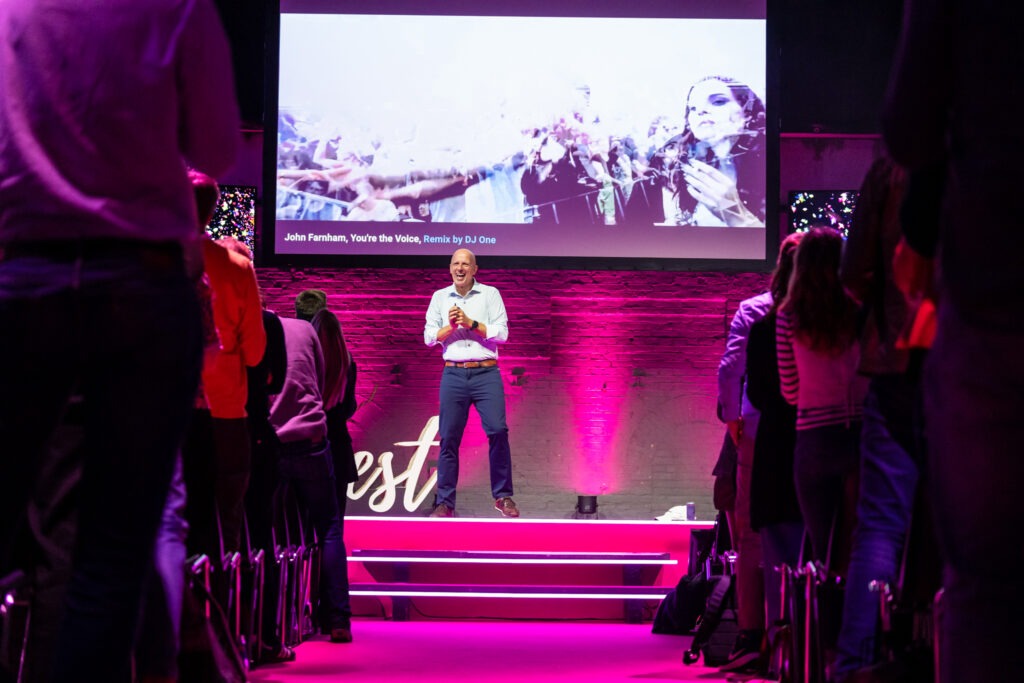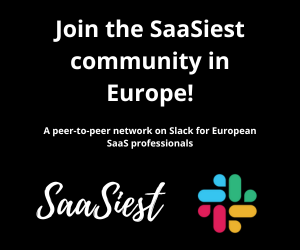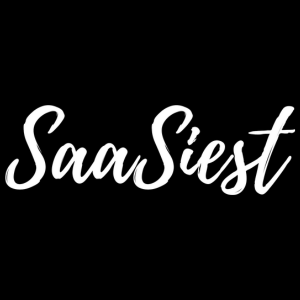
What if the way you’ve been growing your SaaS business is no longer enough to keep up with the times? According to Jacco van der Kooij, founder of Winning by Design, the rules of the game have shifted. The era of “growth at all costs” is over, and now, success hinges on efficiency, sustainability, and scalability. To thrive in this new landscape, we need to rethink our entire approach to growth. Let’s dive into the key strategies that can transform a $1 million asset into a $1 billion powerhouse.
Growth at all costs: A relic of the past
A famous scene from Silicon Valley once satirized the obsession with being “pre-revenue” over generating actual income. The idea? As long as you’re losing money, you’re a high-potential player. But as entertaining as that was, the harsh reality has caught up.
“The end of growth at all costs is here,” remarked Jacco van der Kooij, emphasizing the need for a paradigm shift. Companies can no longer afford inefficiencies, burning through capital without clear returns. It’s time to move from reckless expansion to a structured, intentional approach.
The formula for success: GTM efficiency
At the core of this transformation lies GTM efficiency. The critical question for any business is simple: How much does it cost to acquire $1 in net new revenue? This applies to both acquisition and expansion.
For top-performing SaaS companies, GTM efficiency is a hallmark. Yet, many struggle, with costs ranging from $2 to $6 to acquire every $1 of revenue. “That’s a problem,” says Jacco. “It signals the end of unsustainable growth practices.”
Instead, businesses must adopt a laser focus on their cost-to-revenue ratio, striving for scalable, efficient, and durable growth.
Lessons from the factory floor
Factories have long been synonymous with efficiency, consistency, and quality – principles equally relevant for SaaS businesses. Jacco draws a compelling analogy:
- Growth (production): Factories prioritize output – scaling operations to meet demand. SaaS companies must focus on revenue growth, ensuring scalability.
- Efficiency: Minimizing costs is central to production. For SaaS, this translates into sustainable growth strategies that maximize ROI.
- Quality: Factories have rigorous quality control systems. Similarly, SaaS businesses need durable growth, measured by retention metrics like NRR and GRR.
The SaaS growth journey mirrors the evolution from manual to automated production lines:
- Manual processes: Think traditional enterprise sales, requiring high-touch interactions.
- Semi-automated processes: Tools like Outreach and SalesLoft enable scaled email campaigns.
- Fully automated processes: Product-led growth epitomizes the fully automated production line, seamlessly converting users into customers.
But here’s the kicker: many startups remain people-centric, relying heavily on individuals to drive growth. In contrast, factories and successful SaaS companies adopt process-centric mindsets. When something goes wrong, they inspect the process, not just the people.
Building a revenue factory
To thrive in this new era, SaaS companies must establish their own “revenue factories.” Here’s how:
- Production lines for each segment: Tailor approaches for SMBs, mid-market, and enterprise clients.
- Process-driven systems: Adopt methodologies like Agile and Six Sigma to streamline operations and ensure quality.
- Strategic business models: Understand your model. Are you selling ownership (buyer bears the risk) or subscription (seller assumes risk)? Misalignment here can derail growth.
As Jacco emphasized, “Most people don’t even know what business model they’re running. They’re lost.”
The rise of certification and standardization
Looking ahead, the SaaS industry is poised for a transformation akin to the introduction of GAP compliance in finance or bar exams in law. Executives and operational staff will need certifications to validate their expertise in scaling businesses.
Within the next 18-24 months, startups with over €3M in revenue or €10M in funding will likely face stakeholder demands for certified operators. This shift underscores the growing importance of structured, repeatable processes in driving success.
A final thought
SaaS businesses today stand at a crossroads. The path to sustainable growth lies in embracing efficiency, process-driven systems, and quality management. As Jacco aptly put it, “If we’re going to turn $1 million into $1 billion, we need to think like a factory: scalable, efficient, and durable.”
The question is, are you ready to step into this new era of growth?




